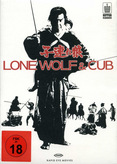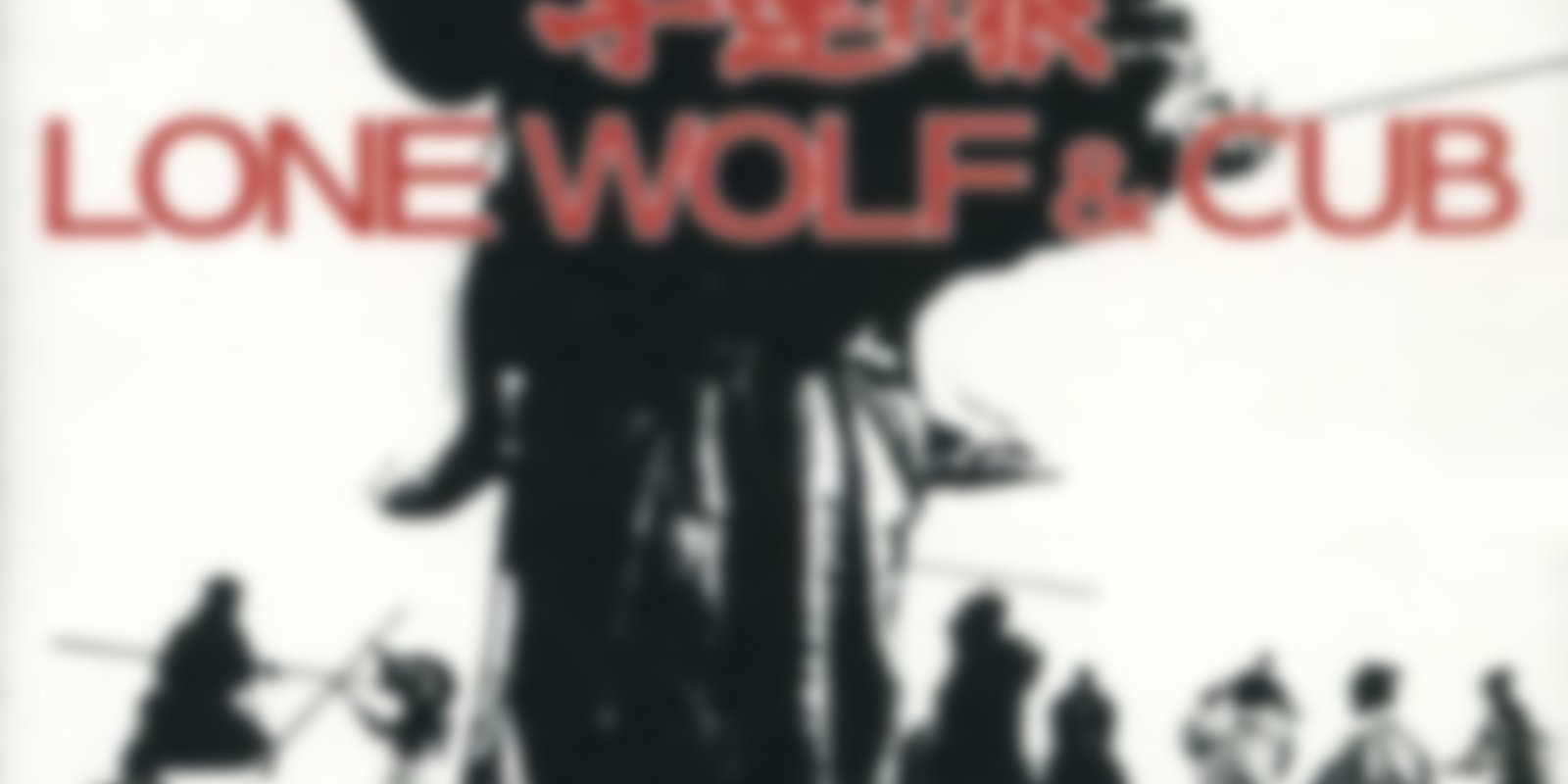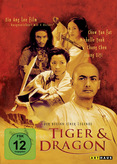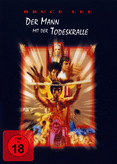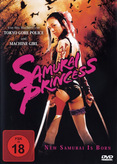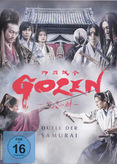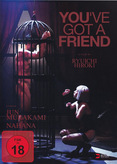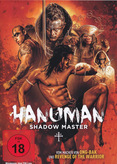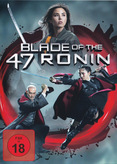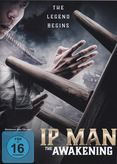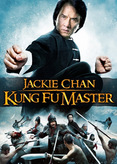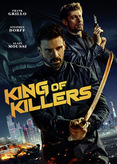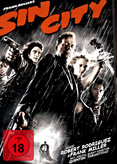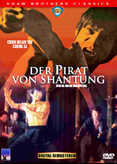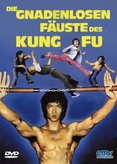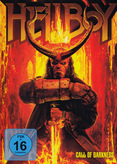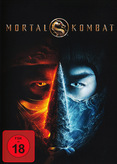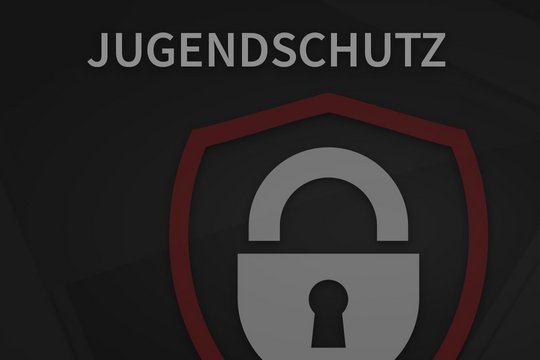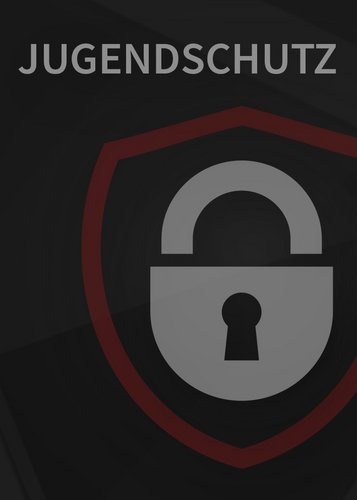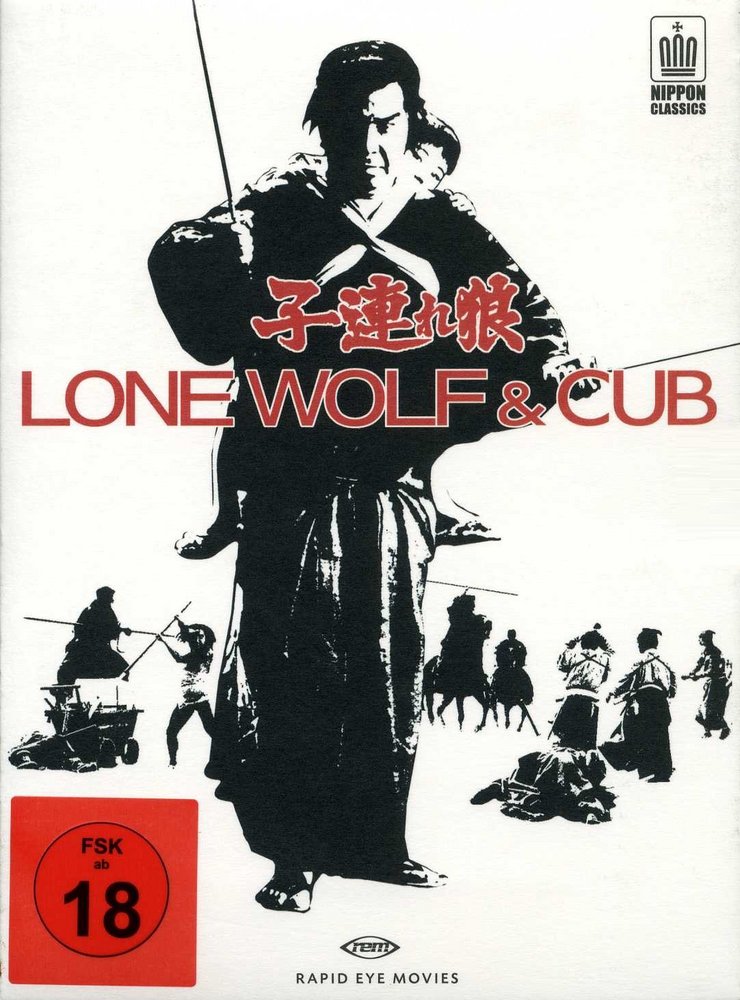500 Goldstücke kostet sein Schwert, aber kein Geld der Welt kann seine Ehre kaufen: Itto Ogami ist der oberste Scharfrichter und Auftragsmörder des Shogun, ein Meister des Schwertes, auf dessen Dienste man nur in besonderen Fällen zurückgreift. Ogami wird das Opfer einer Intrige des Yagyu-Clans, der seine gesamte Familie ausrotten lässt – nur sein kleiner Sohn Diagoro überlebt das Massaker. Er flieht mit ihm und wird zu 'Okami', zum einsamen Wolf, der nur über sein Schwert verfügt und über die Meisterschaft, mit der er es führt...
Das ist der Auftakt der legendären, sechsteiligen Saga voller Gewalt und Schönheit, verfilmt nach dem Kult-Manga 'Lone Wolf and Cub' von Kazuo Koike. Als Anfang der 1970er nach über 8 Millionen verkauften Exemplaren und zwei Neuauflagen innerhalb kürzester Zeit klar war, dass die Manga-Serie 'Lone Wolf and Cub' die Comicwelt Japans im Sturm erobert hatte, verlor die Filmindustrie keine Zeit, an diesem Publikumserfolg teilzuhaben. Der Autor der Serie, Kazuo Koike, wurde für das Drehbuch verpflichtet und Kenji Misumi, der bereits mit seinen Zatoichi-Filmen Aufsehen erregte, übernahm die Regie. Zunächst sollte der Zatoichi-Darsteller Shintaro Katsu die Rolle des Itto Ogami übernehmen, doch er entschied sich, als Produzent im Hintergrund zu bleiben. Vor die Kamera trat schließlich Katsus Bruder, Tomisaburo Wakayama. Er prägte diese Rolle so stark, dass später der Itto Ogami auf den Covern der amerikanischen Comicausgabe seine Züge aufweisen sollte. Diese sechsteilige Filmserie wurde, wie die meisten japanischen Chambara-Serien (blutige Schwertkämpferfilme wie 'Zatoichi') in einem Guss mit einem weitgehend gleichbleibenden Team produziert und kam in Japan in den Jahren 1972-1974 in die Kinos. Außerhalb Japans sollte die Geschichte von 'Lone Wolf and Cub' zunächst durch die Fernsehserie 'Kozure Okami', die auch im deutschen Fernsehen gezeigt wurde, und Robert Houstons Zusammenschnitt der ersten beiden Teile der Filmserie, 'Shogun Assassin', bekannt werden. Aber nicht ohne Grund gilt die vorliegende Umsetzung des 'Lone Wolf and Cub' Stoffes als Meilenstein des Chambara-Genres: In ihrer Bildsprache des Bluts und ihrem präzisen Timing der Schwertkämpfe begeistert und beeinflusst diese Serie Fans und Filmschaffende wie Quentin Tarantino bis heute.
Teil 1: Das Schwert der Rache (1972) Originalfassung mit Untertiteln
Teil 2: Am Totenfluss (1972) OmU
Teil 3: Der Wind des Todes (1972) OmU
Teil 4: Die tätowierte Killerin (1972) OmU
Teil 5: Der weisse Pfad der Hölle (1973) OmU
Teil 6: Blutiger Schnee (1974) OmU
Weiterlesen »
His sword costs 500 gold pieces, but no money in the world can buy his honor: Itto Ogami is the chief executioner and assassin of the Shogun, a master of the sword, whose services are only called upon in special cases. Ogami becomes the victim of an intrigue by the Yagyu clan, which has his entire family exterminated – only his young son Diagoro survives the massacre. He flees with him and becomes 'Okami', the lone wolf who has only his sword and the mastery with which he wields it...
This is the prelude to the legendary, six-part saga full of violence and beauty, filmed after the cult manga 'Lone Wolf and Cub' by Kazuo Koike. When it became clear in the early 1970s, after more than 8 million copies sold and two new editions within a very short time, that the manga series 'Lone Wolf and Cub' had taken the comic world of Japan by storm, the film industry lost no time in participating in this audience success. The writer of the series, Kazuo Koike, was hired to write the screenplay and Kenji Misumi, who already caused a stir with his Zatoichi films, took over the direction. Initially, Zatoichi actor Shintaro Katsu was supposed to take on the role of Itto Ogami, but he decided to stay in the background as a producer. Katsu's brother, Tomisaburo Wakayama, finally stepped in front of the camera. He shaped this role so strongly that later the Itto Ogami would show his features on the covers of the American comic edition. This six-part film series, like most Japanese chambara series (bloody swordsman films like 'Zatoichi'), was produced in one piece with a largely consistent team and was released in Japan in 1972-1974. Outside of Japan, the story of 'Lone Wolf and Cub' would first become known through the television series 'Kozure Okami', which was also shown on German television, and Robert Houston's compilation of the first two parts of the film series, 'Shogun Assassin'. But it is not without reason that the present adaptation of the 'Lone Wolf and Cub' material is considered a milestone of the chambara genre: With its visual language of blood and its precise timing of the sword fights, this series continues to inspire and influence fans and filmmakers such as Quentin Tarantino to this day.
Part 1: The Sword of Vengeance (1972) Original version with subtitles
Part 2: Am Totenfluss (1972) OV with English subtitles
Part 3: The Wind of Death (1972) with English subtitles
Part 4: The Tattooed Killer (1972) OV with English subtitles
Part 5: The White Path of Hell (1973) OV with English subtitles
Part 6: Bloody Snow (1974) with English subtitles
More »
